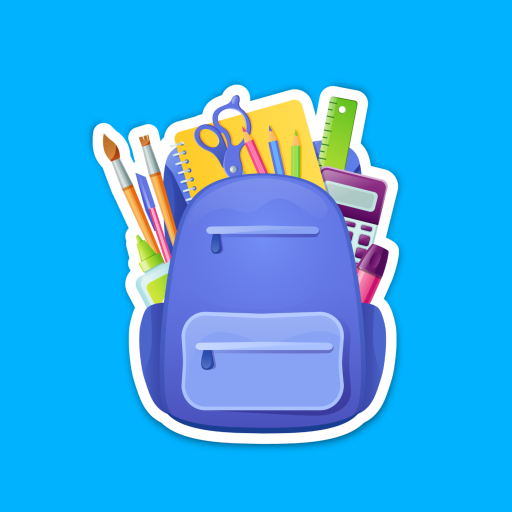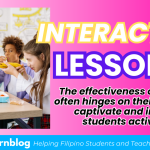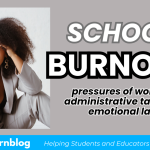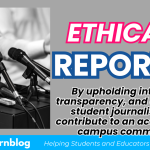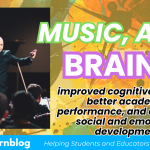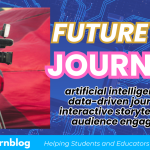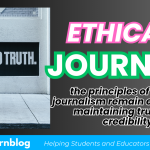Knowledge is a weapon towards success; it is something that can never be taken from us. Knowledge comes from learning to read, but what if we have difficulties in reading? How can we learn to read?
Dyslexia is one of the conditions that can affect our learning. It is a disorder where an individual struggles to learn or takes longer to understand a word. This poses a barrier to a reader’s acquisition of knowledge.
Dyslexia causes difficulties in spelling and significantly hinders a student’s ability to remember things or words that have been taught to them, as this condition lowers their reading comprehension.
According to data released by BrainRx Philippines in 2023, around 700 million people worldwide have difficulties with reading, writing, and spelling, 90% of whom are dyslexic.

In the Philippines, about 200,000 individuals have dyslexia, with around 30,000 of them in Region IV-A, nearly 50% of whom are from Cavite. The Magna Carta was enacted to help children with dyslexia learn to read and spell words like other children.
Emily Hanford, a journalist skilled in education, states that reading is not naturally learned but taught word by word. She also mentions that dyslexia has a significant impact on a student’s reading abilities, requiring intensive teaching and practice to help children with dyslexia learn to read like their peers.
One teaching model is the Simple View of Reading from 1986, aimed at helping students learn to read. It comprises two concepts: Phonics and Decoding. Phonics teaches the individual sounds and spellings until a student can read words, sentences, and paragraphs, ultimately mastering full texts.
Decoding involves teaching students to read or understand a word, helping them learn its meaning and apply it in school and at home. Hanford notes that if both concepts are taught, students will develop reading comprehension.
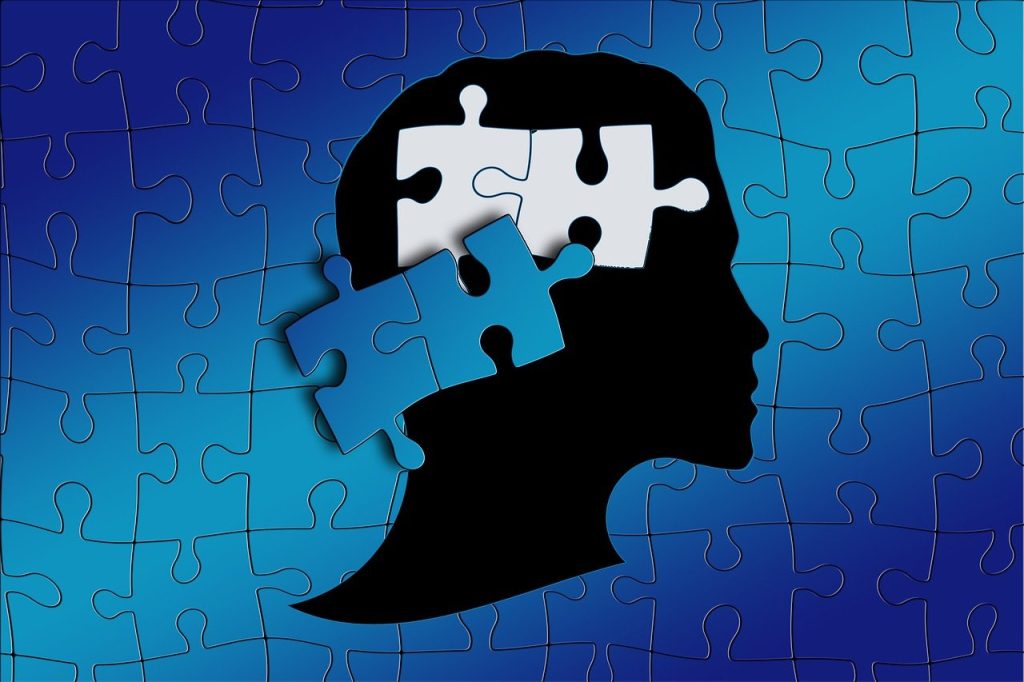
Moreover, having knowledge of science reading significantly enhances a student’s reading skills. It is a positive approach to reading education, as scientists advocate for its benefits to children’s knowledge. Science reading emphasizes the importance of reading to broaden a reader’s understanding of the material.
On the other hand, dyslexia is an adversary to a child’s learning, slowing their reading and reducing cognitive processing. It also impairs mental functioning, making it more challenging for a student with this condition to learn effectively.
We can learn to read through focused teaching and understanding; a condition like dyslexia need not be a hindrance to gaining knowledge like other children. As they say, the strength of one thing is also its weakness, and only approaches like phonics and decoding can help mitigate the effects of dyslexia.

